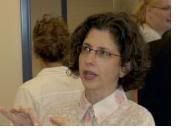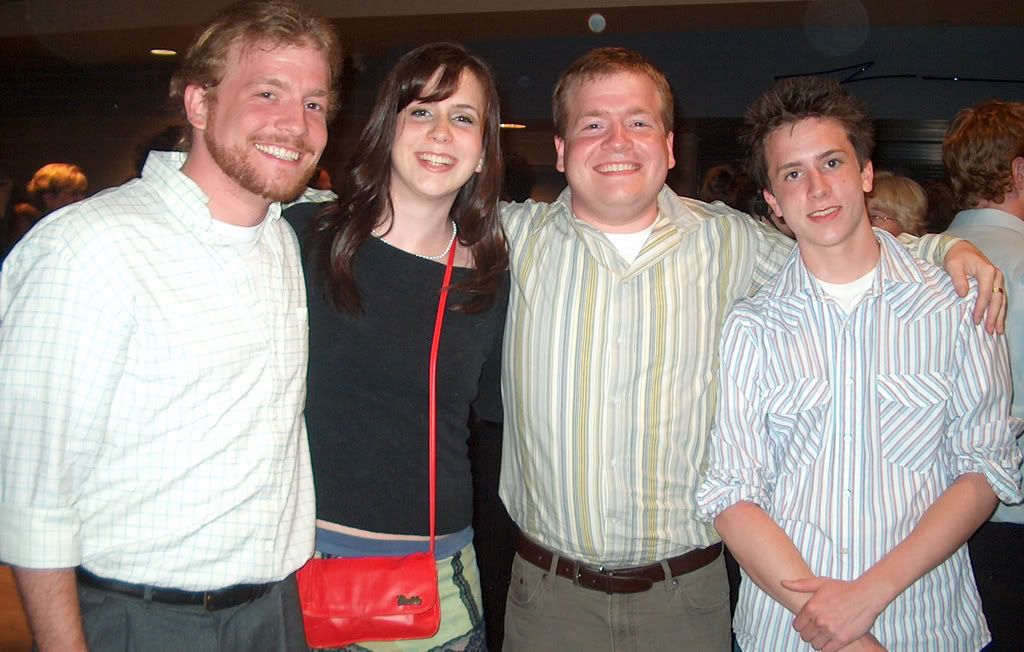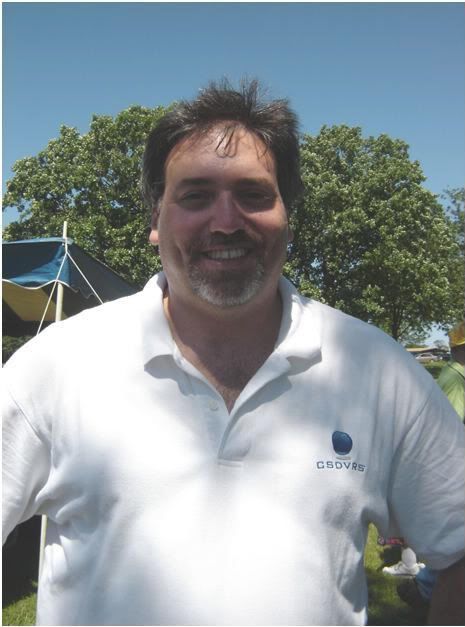With three kids on Individual Education Plans (IEPs), we’ve killed a couple of trees throughout the years with the paperwork that gets generated by the schools when developing each kid’s IEP plan. Once a year (and sometimes more if we have something to change), I meet with each child’s team to go over the goals and communication access plans.
I learned right away that having a perfect IEP is a myth– there will always be things that go awry or teachers who are unaware of what’s on the IEP. Janet DesGeorges and I teamed up and wrote The Myth of the Perfect IEP: After the Paperwork is Finished.” One of the most crucial pieces of advice in that article is to find someone who can act as the MVP of your team:
Among the team that is assembled to deliver the services and supports for your child throughout the year, there is often an MVP -that professional who goes the extra mile, who supports you when you are advocating for your child, who you tend to call on when there is a problem. Whether that person is your child’s general ed. Teacher, sign language interpreter, Teacher of the deaf/hh or a speech language pathologist, you can create and sustain a positive relationship throughout the year by communicating regularly, contacting them when there are things to be celebrated, and not just complaints to be delivered etc. and to be able to create strategies for effective communication access.
If you can’t think of one person on your child’s IEP that you would consider an MVP, start thinking about who you could begin a positive relationship with in order to be able to collaborate with throughout the year, and be able to call upon for help when something falls through the cracks.
When my oldest son first attended the school down the street from us, I made it a point to go and meet the principal and tell her about David. She became an ally and an important part of the team. I also volunteered in the school for parties and at the library, getting to know the staff and the teachers. I spoke with each kid’s class during the early days, reading books and introducing signs.
When I work with families, I tell the parents that they are the case managers for their kids. The idea of parents acting as case managers on the IEP team may strike some parents as strange, because aren’t schools supposed to be doing that job? But here’s something to think about– the parents, are the ones living daily with their child from the time they enter the family to the rest of their life. The parents are the one steady part of the IEP team that is always there.
There are two books that I regularly recommend to parents:
Wrightslaw: From Emotions to Advocacy: The Special Education Survival Guide
The Complete IEP Guide: How to Advocate for Your Special Ed Child
Another neat tip that I learned from a parent long ago, is to put together a binder to keep all of your information together. Unfortunately, I was never organized enough to accomplish that. Some of the parents I’ve worked with have created booklets to give to each team member when transitioning from early intervention into a school. In the booklets, they include pictures of their child at home and at play with a paragraph or two (sometimes more) describing their child, including helpful tidbits about communication or assistive equipment.
You may find yourself in challenging situations where the IEP team does not agree or you may be presented with questions or statements that are difficult to answer. Hands & Voices created questions with answers that parents can use at an IEP meeting: Pop-Up IEP. You’ll also find the IEP Checklist helpful for figuring out what your deaf/hard of hearing child might need in their IEP.
If you have IEP tips, lessons or experiences to share, I would love to hear them in the comments below. Have you had an IEP situation that was challenging or that went well–share it with us!
 I can clearly remember the first time I met Dr. Carolyn Stern– I was filled with a million questions. “How do you listen through the stethoscope?” was one of the questions that I asked.
I can clearly remember the first time I met Dr. Carolyn Stern– I was filled with a million questions. “How do you listen through the stethoscope?” was one of the questions that I asked. 





 Today, I’m heading over to Harper College for the
Today, I’m heading over to Harper College for the 
